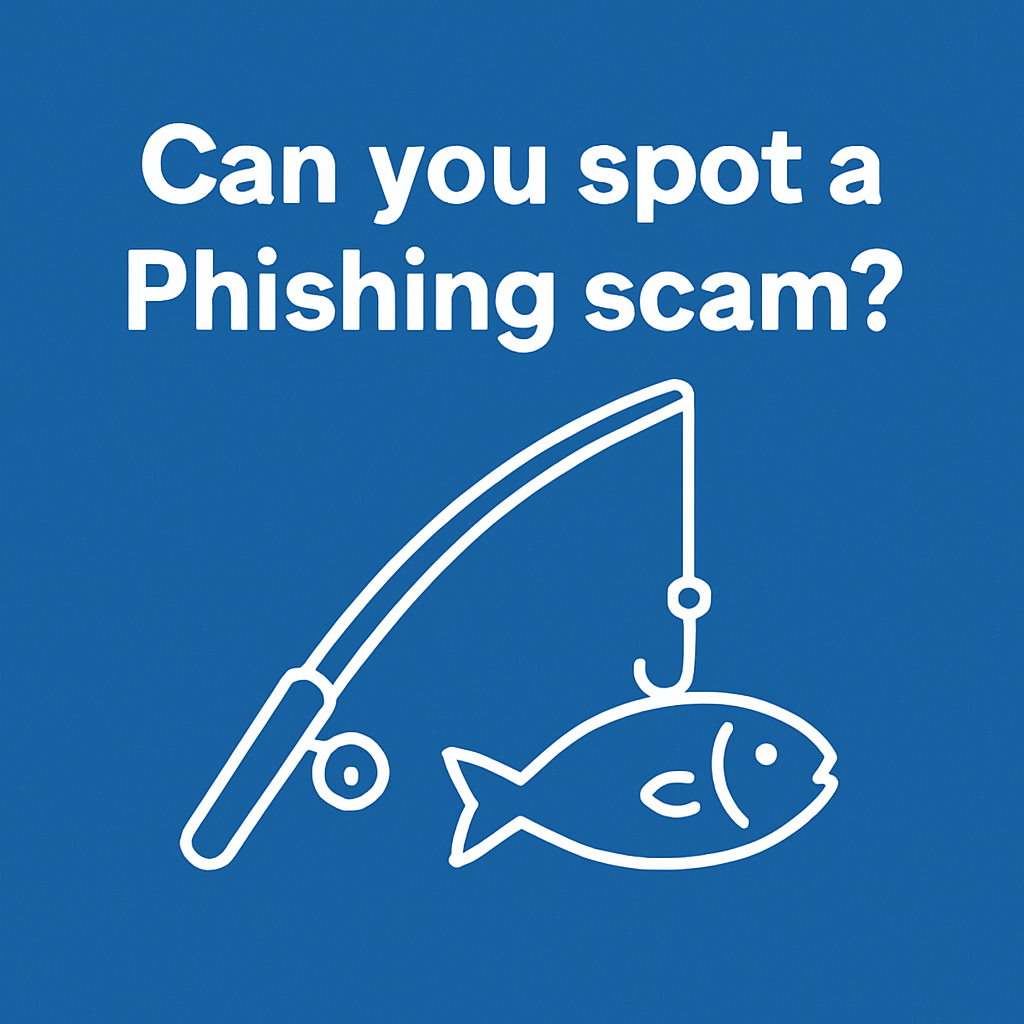Can you spot a Phishing scam?

Can you spot a Phishing scam?
Scams are everywhere these days. According a 2024 REDC report, 64% of Irish adults have encountered phishing, with a surge in other data misuse and fraud since 2019. This ranks Ireland as the most phished country in the world. As a result, being able to identify Phishing, and email and other kinds of attempted scams is absolutely crucial to protect your personal data and your finances. With that in mind, we’ve put together a handy resource with how to identify scams if you should see them, how to treat them, and of course how to report them to us here at Irish Internet Hotline.
What is Phishing?
A phishing attempt occurs when you receive an email in your inbox, that might look like it’s from your bank, eFlow, An Post or another agency. Usually, these emails will say that your account is locked, that you owe a fee for crossing the toll bridge or that you owe customs on a package. These emails will contain a link, and when you click on the link you are brought to a copy of the bank’s website or other webpage belonging to the ‘supplier’, and you will be requested to enter your bank details. Entering your information here puts you in immediate danger of identity fraud or having your personal details sold online. Additionally, attackers commonly use these emails to distribute malicious links and attachments that can steal your login credentials, account numbers and other personal information.
How can I spot a Phishing attempt?
Phishing websites often create URLs that closely resemble those of reputable or official entities to falsely create affiliation with them. Since these phishing scams cannot use legitimate and registered domains/URLs, they create similar-looking ones by adding subtle changes. Sometimes this will be a dot in the wrong part of the domain, or often they rely on tricks like swapping letters in a domain (for example, using rn instead of m, or a zero instead of an O)
Example:
Re.venue.ie instead of Revenue.ie or
Paypa1.com instead of paypal.com
What can I do if someone’s sent me a Phishing email?
If you receive an email of this type, DO NOT CLICK ON THE LINK in the email. That is the golden rule. If you were to hover the mouse over the link in the bottom of your screen you should see a preview of what the actual link looks like. You will probably find that the webpage is entirely different. So instead of taking any actions on this email, delete the email and ignore it. Many email providers also allow the option to flag certain email addresses as spam, so they will bypass your inbox and go straight into your spam folder. If you’re worried about the contents, you can always telephone the bank, the supplier or the company mentioned in the email. It is important you do this from scratch, and not via any link in a text message or email.
Reporting to Irish Internet Hotline:
Finally, we would encourage you to report this email to us. The Irish Internet Hotline can help with financial scams which purport to be Irish financial services or have Irish contact details or appear to have originated from Ireland. For example, the Irish Internet Hotline has received and actioned reports relating to phishing activities purporting to be: Revenue (Tax Refund Fraud), Electric Ireland, Bank of Ireland etc. Should you encounter such content online, you can report it to us through our reporting portal.